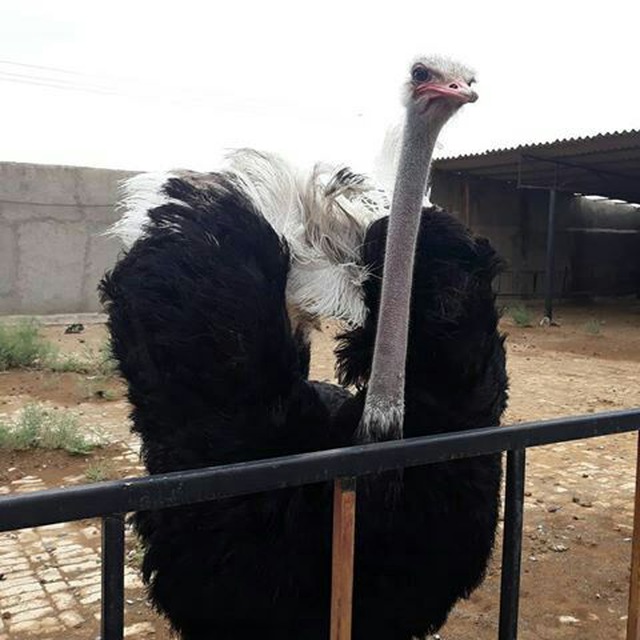Expensive inputs! Increase production cost!
Opportunity or threat?
In the current situation, the cost of providing food inputs, chemicals for sanitary disinfection and medicine has increased. What should be done in this situation? Should we close our business?!
In such a situation where production costs have increased, having knowledge and skills and doing things in a specialized scientific manner or using the knowledge of experts is the only way to reduce production costs. Since about 70% of breeding costs are related to feed, a small decrease in the cost of each kilogram of feed can reduce the cost of production. Using soybean and corn meal in any condition and for any bird at any age only increases the cost of producing meat and bird eggs. These days, victory and success belong to the breeder who can buy cheaper items such as rapeseed meal, sunflower seed meal, rice flakes and fish meal. which have a lower price, replace more of the corn and soybeans, so that the price of one kilogram of feed is greatly reduced. This is especially true for birds such as native chickens, ostriches, geese, ducks, quails, and partridges. But we must not neglect the fact that these types of rations must be calculated by an expert so that they are balanced in terms of nutrients so that the bird can achieve optimal performance.
The use of prevention methods to prevent the occurrence of diseases in the herd, compliance with the correct breeding principles, control of herd performance, is also very effective in reducing the cost of health and treatment.
This post is written by ShahabiR1367
